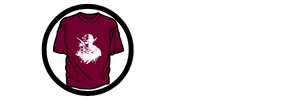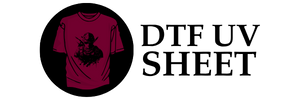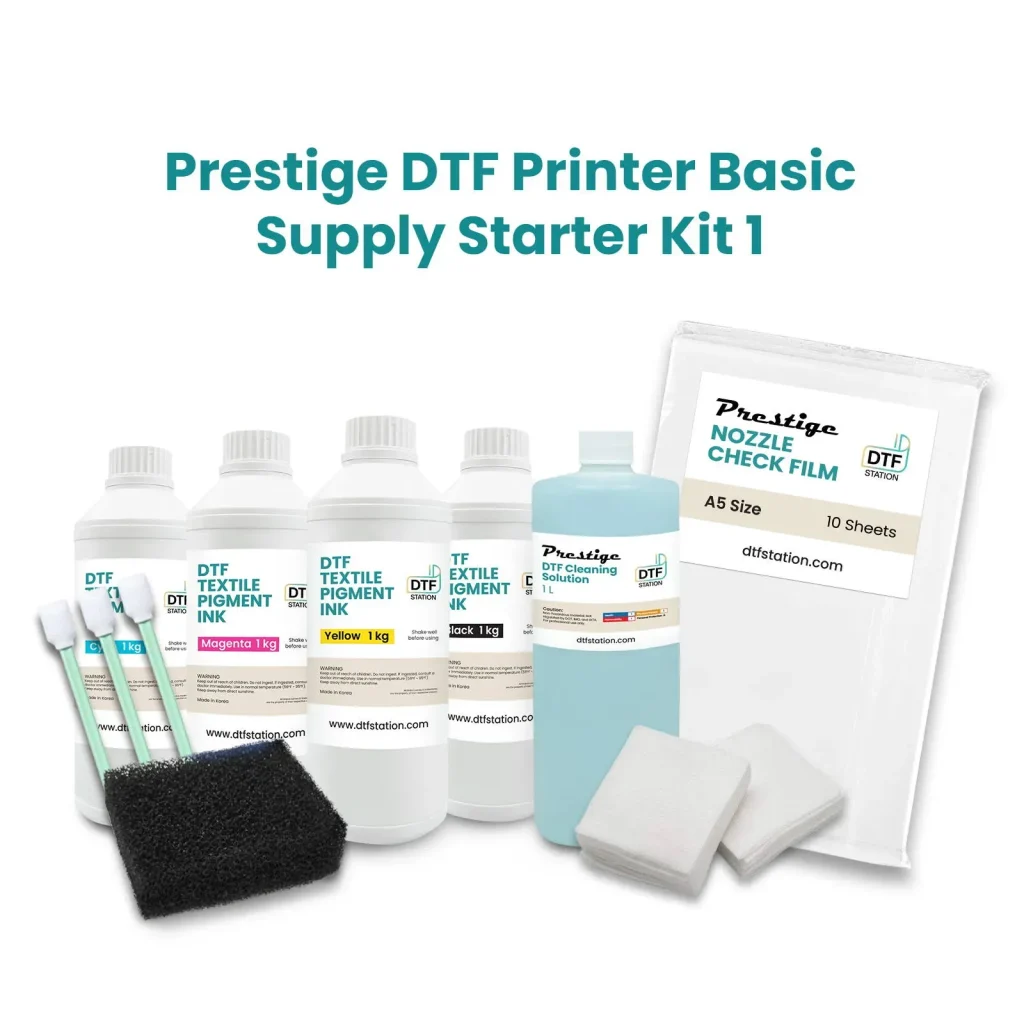DTF Supplies are at the forefront of a printing revolution, transforming the custom apparel printing landscape through innovative Direct to Film (DTF) technology. This cutting-edge method allows designers to create stunning, high-quality prints that adhere seamlessly to various fabrics, making it an ideal choice for anyone interested in custom apparel printing. Among its many advantages, DTF printing stands out for its cost-effectiveness and ability to produce vibrant colors, outpacing traditional techniques like screen printing. As businesses increasingly focus on sustainable printing solutions, DTF technology also offers an eco-friendly alternative that minimizes material waste. With DTF Supplies paving the way for future innovations, the potential for growth and creativity in the apparel industry is boundless.
In the realm of custom garment creation, the emergence of Direct to Film printing has reshaped how brands approach design and production. This advanced printing method offers a remarkable solution for applying intricate artwork to textiles, making it highly sought after by entrepreneurs looking to make their mark. The versatility of DTF technology, combined with its emphasis on sustainable practices, aligns perfectly with today’s market trends toward eco-conscious apparel. As we explore the educational and technological advancements in DTF supplies, it becomes clear that this printing approach is not just a fad—it’s a lasting change in the textile industry that empowers businesses to thrive amid evolving consumer demands. By adopting these innovative techniques, brands can enhance their production capabilities while catering to the rising call for responsible fashion choices.
The Advantages of DTF Technology in Custom Apparel
DTF printing offers several advantages for businesses in the custom apparel sector, distinguished by its versatility and efficiency. This technology enables the application of vibrant colors and intricate designs to a wide range of fabric types, including cotton, polyester, and even blends. As such, brands can push the boundaries of creative expression and cater to diverse consumer preferences, from activewear to lifestyle apparel.
Additionally, the cost-effectiveness of DTF printing cannot be overstated. With lower setup costs compared to traditional methods such as screen printing, even small businesses can take advantage of this breakthrough technology without incurring substantial financial risks. This democratization of access allows more entrepreneurs to launch their own apparel lines, thereby fostering a competitive market and promoting innovation.
Sustainable Practices in DTF Printing
As awareness of environmental issues increases among consumers, sustainable practices in apparel production have become more critical than ever. DTF printing leads the way with its eco-friendly advantages, particularly through the use of water-based inks that minimize harmful emissions and waste. This method allows brands to adopt a print-on-demand approach, significantly reducing overproduction and the associated textile waste commonly seen in traditional printing methods.
Moreover, sustainable materials, such as organic cotton or recycled fabrics, can be effectively used in conjunction with DTF technology. This combination not only meets consumer demand for eco-conscious products but also enhances brand reputation. Companies that embrace such environmentally friendly practices can draw in a growing demographic of customers who prioritize sustainability in their purchasing decisions.
Recent Trends in DTF Supplies and Equipment
The landscape of DTF supplies is rapidly evolving, resulting in advanced equipment that enhances the printing process. Manufacturers like Epson and Mimaki are consistently improving their DTF printers, delivering higher print resolutions and faster production times. These advancements make it easier for businesses to provide high-quality custom apparel at scale, ensuring consistency and detail that consumers have come to expect.
Furthermore, the introduction of user-friendly software tailored for DTF printing is helping businesses streamline their workflows. Beginners now have access to abundant educational resources including tutorials, workshops, and webinars that equip them with the knowledge to efficiently operate DTF technology. By embracing these innovations, both new and established businesses can optimize their production capabilities and maximize the impact of their designs.
Market Growth Trends for DTF Supplies
Recent market analysis indicates a significant upward trajectory for the DTF supplies sector. Analysts predict that as more companies recognize the efficiency and quality that DTF printing provides, adoption rates will skyrocket. Lower entry barriers for small-scale production make this technique particularly attractive for startups aiming to carve a niche in the apparel market.
As this trend continues, we may also see an influx of new entrants in the DTF supplies market, further driving innovation and competition. The increased availability of affordable DTF printers is paving the way for even greater accessibility, ensuring that businesses can explore custom apparel printing without prohibitive costs. This shift is set to redefine the printing landscape, making DTF a dominant force in the coming years.
Crafting Quality: Challenges in DTF Printing
While the allure of DTF printing is strong, several challenges persist that manufacturers must navigate. One of the primary concerns is the learning curve associated with new technologies. Although DTF is designed to be user-friendly, achieving optimal results still requires training and practice. Many users face difficulties with printer settings, ink variables, and film quality, which can lead to inconsistencies in the final product.
Equally important is the need for robust quality control measures. As production scales, maintaining consistent quality becomes increasingly challenging. Businesses need to establish clear protocols for assessing print quality and performance, ensuring that their output meets consumer expectations. Companies that proactively address these challenges will position themselves as leaders in the DTF printing market.
The Future of Custom Apparel with DTF Supplies
Looking ahead, DTF supplies are poised to transform the landscape of custom apparel printing. With its unique combination of versatility, high-quality output, and sustainability, DTF technology stands out as a preferred choice for businesses aiming to meet modern consumer demands. As the apparel industry continues to evolve, integrating DTF into existing production processes will be integral for brands seeking to remain competitive.
Moreover, as advancements in DTF technology unfold, we expect to see further enhancements in print speed, quality, and sustainability. The future holds exciting possibilities for both established manufacturers and new entrants alike, creating a rich environment for innovation in custom printing solutions. By investing in DTF supplies today, businesses are preparing for a thriving future in the dynamic world of custom apparel.
Frequently Asked Questions
What are DTF supplies used for in custom apparel printing?
DTF supplies are essential components for Direct to Film (DTF) printing, a popular method in custom apparel printing. They encompass DTF printers, special transfer films, and vibrant inks that allow businesses to create high-quality designs transferred directly onto garments.
How does DTF printing compare to traditional screen printing?
DTF printing offers several advantages over traditional screen printing, including versatility in fabric types, higher quality output, and lower setup costs for small production runs. This makes DTF supplies a cost-effective solution for businesses looking to deliver high-quality custom apparel.
Why is sustainability important in DTF supplies?
Sustainability is a key focus in DTF supplies, as the technology uses water-based inks that reduce environmental impact. DTF printing’s on-demand capability minimizes material waste, aligning with consumer demands for eco-friendly printing solutions in the fashion industry.
What advancements are being made in DTF technology and supplies?
Recent advancements in DTF technology include improved printer designs and more vibrant, durable inks. Major brands like Epson are enhancing production efficiency while manufacturers continue to develop innovative DTF supplies to meet the growing demands of the custom apparel market.
What should beginners know about getting started with DTF supplies?
Beginners should focus on understanding the basics of DTF printing, including the importance of choosing the right supplies, such as printers, films, and inks. Access to educational resources, such as online tutorials and user manuals, will also help them overcome the initial learning curve.
What is the projected market growth for DTF printing and supplies?
The market for DTF printing and supplies is expected to experience significant growth in the coming years. As more businesses recognize the cost-effectiveness and quality of DTF technology, adoption rates will rise, particularly among startups and small businesses looking to enter the custom apparel market.
| Key Point | Details |
|---|---|
| Overview of DTF Supplies | DTF printing is an efficient method allowing the transfer of vibrant designs onto fabrics. |
| Rise of DTF Technology | Increasing adoption in the fashion industry for its ability to produce high-quality prints on various fabrics. |
| Accessibility of DTF Printers | Affordability and availability of DTF printers from brands like Epson and Mimaki. |
| Advancements in DTF Inks | Inks developed for vibrancy and durability, with a focus on sustainable, water-based options. |
| Focus on Sustainability | Reduces material waste and aligns with eco-conscious consumer demands. |
| Projected Market Growth | Significant expected growth in the DTF supplies market due to cost-effectiveness and quality. |
| Educational Resources | Increased access to tutorials, webinars, and manuals to support DTF printing adoption. |
| Key Benefits | Versatility, high-quality output, and cost-effectiveness for small businesses are major advantages. |
| Challenges | Users may face a learning curve and quality control issues as production scales. |
Summary
DTF Supplies play a transformative role in the realm of custom apparel printing, offering a blend of efficiency and quality that is reshaping the industry. With its increasing accessibility, advancements in printing technology, and a strong focus on sustainability, DTF printing stands out as an innovative solution for businesses looking to enhance their product offerings. The benefits of this method, including versatility on multiple fabric types and superior print quality, make it particularly attractive for startups and established companies alike. However, as the market for DTF supplies expands, businesses must also navigate challenges related to learning curves and maintaining consistent quality. Embracing DTF supplies could be the essential strategy for those aiming to thrive in an increasingly competitive and environmentally-conscious marketplace.



